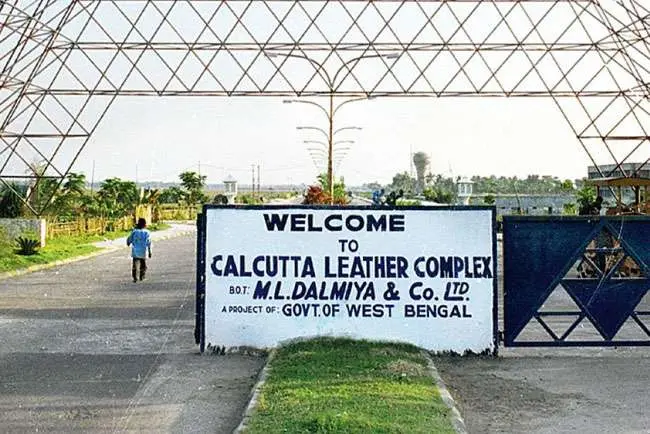
US tariffs hit India’s $4.1B leather exports, crippling Kolkata and other hubs
US Duties Hit Indian Leather Industry Hard – India’s leather export industry is facing a major crisis after the United States imposed steep tariffs on Indian goods. The $4.1 billion sector, which employs millions and contributes significantly to India’s economy, is now struggling to survive. Kolkata, one of the biggest leather hubs, is among the worst affected.
What Happened: US Tariffs Shake Indian Leather Exporters
On August 7, 2025, the US government announced a 25% tariff on Indian leather imports. This was part of a broader trade move linked to India’s oil purchases from Russia. The result? Indian leather goods, which were already taxed at 8.5%, now face up to 50% total duties in the US market.
The US is India’s biggest leather buyer, accounting for nearly $870 million of exports between April 2024 and February 2025. With these new tariffs, Indian products have suddenly become far more expensive for American importers. A pair of Indian leather shoes that used to retail for $100 in the US may now cost $150, while similar shoes from Vietnam or Indonesia face only 19-20% duties.
This price gap is pushing US buyers to shift orders away from Indian clusters like Agra, Kanpur, and Kolkata. Exporters are reporting cancellations, shrinking margins, and rising uncertainty.
Kolkata in Crisis: The Heart of India’s Leather Trade
Kolkata is the epicentre of India’s leather industry. West Bengal alone contributes nearly 50% of India’s leather exports. The state houses 538 tanneries, 230 footwear units, and 436 leather goods factories. Thousands of workers depend on this sector for their livelihood.
Now, with US orders drying up, Kolkata’s leather businesses are in panic mode. Many exporters say they cannot offer discounts to buyers due to rising costs. Others are exploring drastic alternatives-like shifting part of their production to Europe to label goods as “Made in Europe” and bypass US tariffs.
Industry leaders warn that without quick government support, Kolkata’s leather economy could collapse. The ripple effect may also hit European markets, which often re-export Indian leather goods to the US.
Footwear Hit Hard: India’s Competitive Edge at Risk
Leather footwear is the most vulnerable category. It makes up 40% of global leather exports, and India had built a strong presence in this segment. In 2024-25 alone, India exported nearly $500 million worth of leather shoes to the US.
But now, Indian footwear faces a massive disadvantage. Competing countries like Vietnam and Indonesia offer similar products at lower tariffs. US buyers are already shifting their orders to these nations, threatening India’s hard-won market share.
Exporters from Agra and Kanpur say they are losing business fast. Some are even considering shutting down operations or laying off workers. The fear is that once lost, these international buyers may never return.
US Duties Hit Indian Leather Industry Hard : Can India Save Its Leather Industry?
The Indian government is aware of the crisis. A ₹25,000 crore Export Promotion Mission is being planned to support exporters, especially small and medium businesses. The package may include affordable credit, branding support, and help with overseas market access.
But industry leaders say time is running out. They are urging the government to act fast and offer direct relief to leather exporters. Suggestions include subsidies, tax breaks, and help with shifting production to tariff-friendly regions.
India’s leather industry is not just about exports, it’s about jobs, families, and tradition. From skilled artisans in Kolkata to factory workers in Kanpur, millions depend on this sector. If the crisis deepens, the impact will be felt far beyond trade numbers.
India’s leather exporters are resilient, but they need support to survive this storm. The world is watching how India responds and whether it can protect one of its most iconic industries from being priced out of global markets.
Also read – Crude Diplomacy: India Defies U.S. Pressure as Russia Offers Oil Discount Amid Tariff Tensions
Tariff Tug-of-War: How Trump’s Bold Trade Gambit Could Supercharge BRICS and Undermine U.S. Leverage